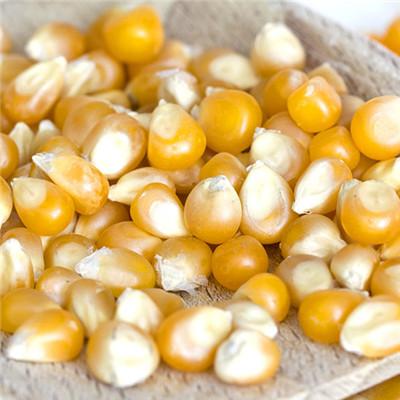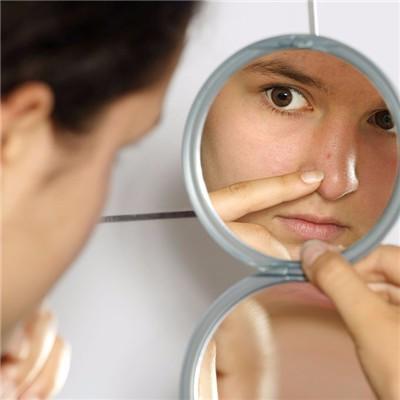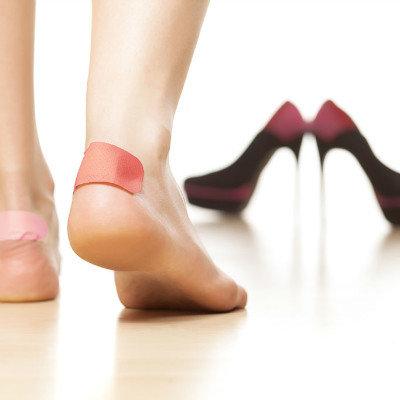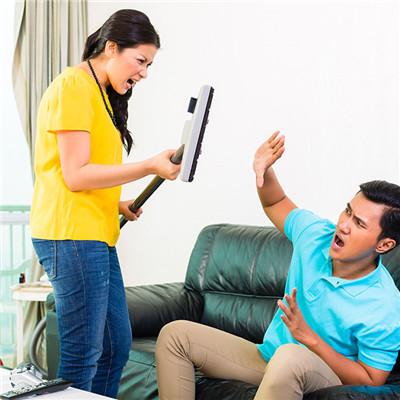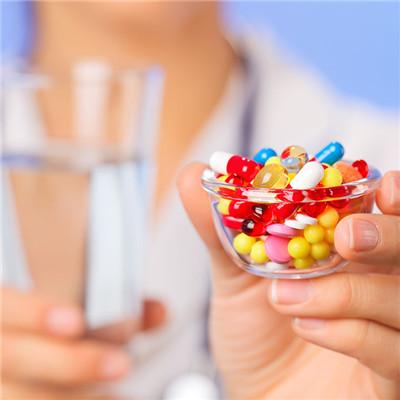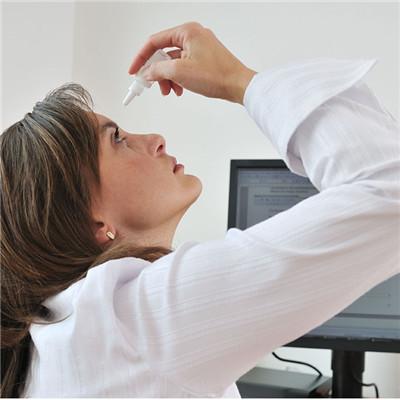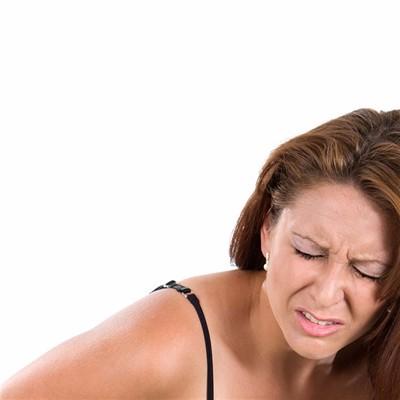What symptom does nerve damage have
summary
After peripheral nerve injury, there will be sensory and motor disorders, which appear in different parts and show different symptoms. Let's take a look at the symptoms of peripheral nerve injury.
What symptom does nerve damage have
Symptom 1: brachial plexus injury is mainly manifested as motor and sensory disturbance of nerve root type distribution area. The upper part of the brachial plexus injury is characterized by the whole upper limb drooping, upper arm adduction, no abduction and external rotation, forearm adduction and extension, no pronation, supination or bending, and a long and narrow sensory disturbance area on the shoulder blade, upper arm and outside of the forearm. The lower part of the brachial plexus injury is characterized by atrophy of the small muscles of the hand and claw shape, sensory loss on the ulnar side of the hand and the medial side of the forearm, and sometimes Horner's syndrome.

Symptom 2: the main manifestations of axillary nerve injury are dyskinesia, decreased abduction range of shoulder joint, and sensory disturbance of deltoid skin. Deltoid muscle atrophy, shoulder loss of the appearance of circular uplift, acromion prominent, forming a "square shoulder.".

Symptom 3: musculocutaneous nerve injury: after the musculocutaneous nerve is sent out from the lateral bundle, it obliquely penetrates the Coracobrachial muscle, goes down between the biceps brachii muscle and the brachial muscle, and sends out branches to control the above three muscles. The terminal branch is located on the lateral side slightly above the elbow joint and passes through the deep fascia of the arm. It is renamed as the lateral cutaneous nerve of the forearm and distributed on the lateral skin of the forearm. Skin sensory disturbance of biceps brachii, brachii and lateral forearm after musculocutaneous nerve injury.
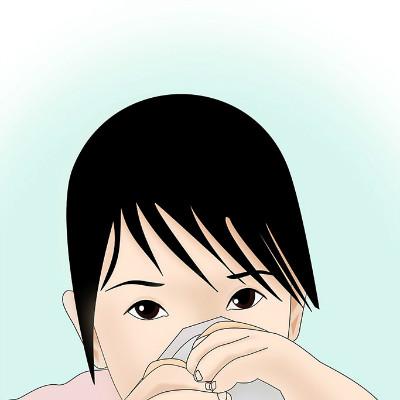
matters needing attention
Due to the different parts of the disease, the symptoms are not the same, to determine the symptomatic treatment. At the same time, drink more water, eat more fruits and vegetables, patients should take more water, and avoid coffee, soda, cigarettes and other irritants.
